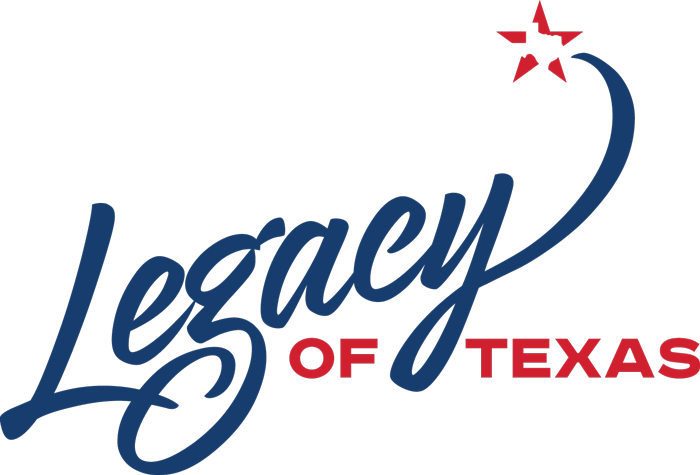The J. J. Pickle Research Campus of the University of Texas at Austin, formerly the Balcones Research Center, is located on a Missouri Pacific Railroad spur at a 475-acre site in the northwest part of Austin. Like many entities in Austin, the campus was named for the Balcones Escarpment, which runs through the research center site. As a collaboration between government, academe, and industry to improve the United States technology base, the research community seeks to link public and private sectors to support excellence in science, engineering, and technology and foster efforts that can fuse research and development on the university campus and encourage the founding of private companies. As an industrial research park, the campus has been instrumental in the development of such Central Texas firms as Texas Nuclear, Tracor, and Radian Corporation. The facility provides a center for civil, electronic, aerospace, mechanical, petroleum, and environmental-health engineering research, along with scientific research in botany, zoology, paleontology, nuclear physics, chemistry, psychology, atmospheric science, and archeology. Over the course of its history, it has been home to as many as seventy laboratories, a training site for scientists and engineers, and a place where chemists, physicists, and engineers are encouraged to conduct interdisciplinary research.
The current facility developed from a magnesium plant built by the federal government at the site during World War II and operated by International Minerals and Chemical Corporation. After the war the federal government declared the plant surplus. In 1945 electrical engineering professor and assistant to the president C. Read Granberry and civil engineering professor J. Neils Thompson, acting together on behalf of the University of Texas, obtained a lease agreement with an option to purchase the plant from the War Assets Administration. The resulting agreement, completed in 1946, committed the university to use of the original 402 acres and twenty-nine buildings, representing a total of 216,000 square feet of space, to "extend and develop the research function of the University for the benefit of the public." The first component of the facility emerged from a National Defense Research Committee laboratory originally known as the War Research Laboratory or War Physics Laboratory, established at the University of Texas in 1942. Its original purpose was to solve problems relating to airborne gunfire control for the United States Air Force, specifically, to develop the means for testing aiming devices in airborne flexible gunnery systems and to improve aircraft gunsights for the B-29 bomber. Out of this project grew the Military Physics Research Laboratory, which was moved to the Balcones Research Center in 1946.
In 1949 the university negotiated a contract with the help of Congressman Lyndon B. Johnson to purchase the property. The contract required the university to pay the government $1,475,936 over a twenty-year period and to report regularly on its use of the site. Instead of cash payments, this amount would be discounted as the university produced public benefits in research and education. Initially designated the Off-Campus Research Center, the property was renamed Balcones Research Center in 1953 by Judge James P. Hart, first chancellor of the university.
In 1964 the Military Physics Research Laboratory merged with the Defense Research Laboratory, which had been developed on campus to work on radar, underwater acoustics, and surface-to-air guided missiles for the navy, and in 1968 the two were retitled the Applied Research Laboratories. With over 500 employees, this facility represented the largest activity at the center. Other early components included the Electrical Engineering Research Laboratory, which investigated the angle of arrival of radio waves for the United States Office of Scientific Research and Development during wartime, and the Nuclear Physics Research Laboratory, designed to study atomic structure and properties of matter, which later operated an atom smasher at the site. The Radiobiological Laboratory, a forerunner of the Air Force School of Aerospace Medicine (see AEROSPACE MEDICINE), evaluated the performance of animals under conditions of space flight. It is best remembered for raising and training a Rhesus monkey which, as the first animal in space in 1959, contributed to the study of long-term effects of exposure to radiation in space.
In 1971, having fulfilled the terms of the contract, the university obtained clear title to the property. The regents subsequently purchased an additional eighty-three acres adjacent to the west tract in 1974, and additional acreage that brought the total to 475 acres. The campus subsequently developed unique features for research and development, including a power supply exceeding that of the entire campus of the University of Texas in a single building. In 1986 the campus acquired a supercomputer named the "Santa Rita No. 2," based on predictions of its potential economic benefits for research (see SANTA RITA OIL WELL). At various times the campus has employed up to 1,000 people, comprised 100 buildings, and housed everything from energy research laboratories and earth sciences, water resources, structural research, and archeological research projects to art studios. The institution has worked on technology-transfer projects with a wide range of corporate and public interests, including Motorola, Texas Instruments, Sandia National Laboratories, and Sematech. Later planning included buildings to house the Bureau of Economic Geology and centers for energy studies, electromechanics, and fusion engineering. In the 1990s the campus housed the research facilities of Microelectronics and Computer Technology Corporation, a collaborative research effort of twenty high-technology computer and electronics firms involved in development of materials for semiconductors and optoelectronic devices.
In 1994, in honor of his ongoing efforts on behalf of the facility, the Balcones Research Center was renamed the J. J. Pickle Research Campus. Pickle included support for the center as a plank in his first congressional campaign and later served as chairman of the House Science, Space, and Technology Committee.



